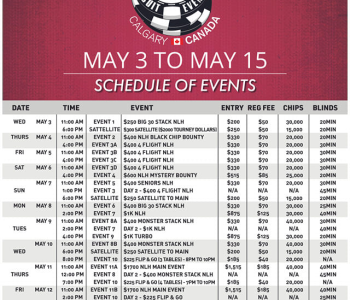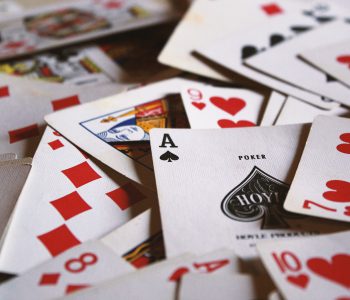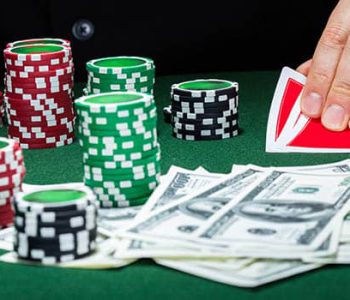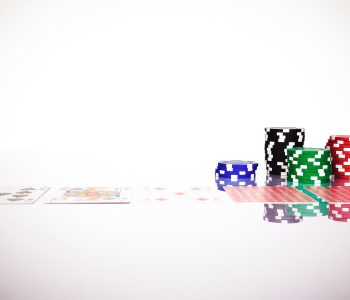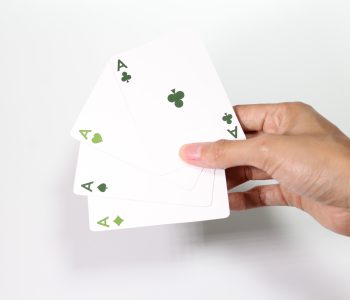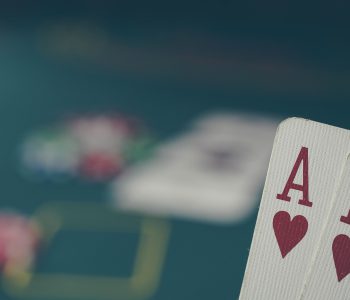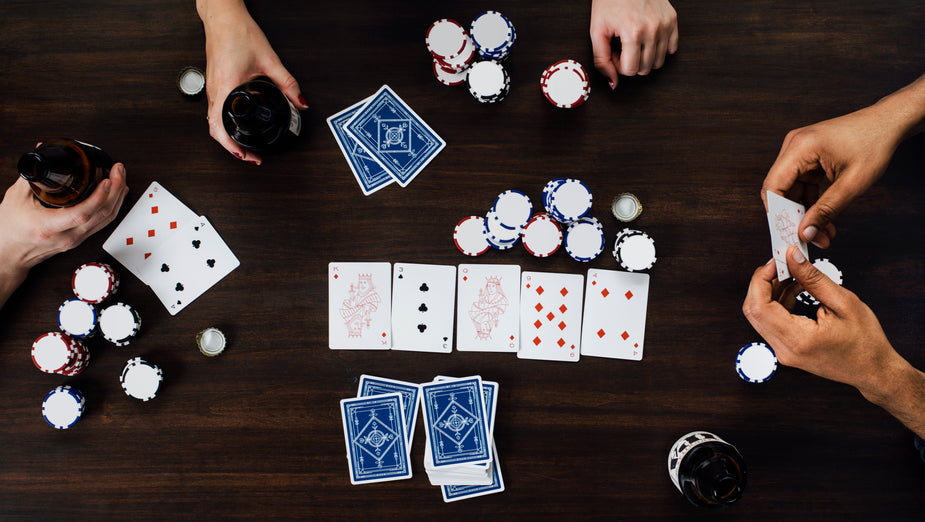
The different parts of a poker game
There are four stages in poker: “Preflop,” “Flip,” “Turn,” and “River.”
Bidding happens at each step. The auction ends with a showdown. After the cards are dealt, each player looks at how strong their hand is.
Even though not every player goes through every stage, every poker player needs to know the pros and cons of each. It would be very helpful to have game rules that are easy to understand for new players. There are times when it is better to throw away the cards that are still in the preflop than to keep playing and lose more money.
In poker, the first round, or “deal,” is called “preflop.” Players don’t have any cards on the board yet, but the dealer’s pocket cards tell them what’s going on and how likely it is that they’ll get a good hand.
The pre-flop is the first stage of Texas Hold’em and Omaha poker. It is also the first stage of a few other types of poker where common cards are put out on the table.
Even before the flop, you have to decide how to play the hand, what strategies to use, or if you want to give up.
Find out the strength of the cards:
When you have a great hand is the best time to raise and get other players involved. competitors who have bad combinations. The Pot then goes up after that.
A marginal hand is one where the player wants to go to the flop for as little money as possible. In these situations, raises don’t make sense. The poker player can call if he or she wants to. The number of players is enough to keep the game going, and a winning hand makes the player’s hand stronger in the next round and gets rid of some of their opponents on the flip.
A hand that has a low chance of winning is risky. If you’ve never played under pressure before, you should throw away your cards because you might end up going against the odds.
Let’s move on to the next parts of the showdown at the poker table.
The flop is the second best part of poker. This is when three common cards are placed face up on the board. a guess about how likely it is that you will win the next hand of cards. the time when you have to decide if you want to play again or pass.
The third step is the Turn. This is when the cards for the next turn are put on the board. On the turn, only one card is shown. On the flop, three cards were shown in the open. Now is the time to put your strategy and luck to the test by improving your hand, completing a strong combination, or drawing a “empty” card, which has nothing to do with the improvement.
The fourth stage is the River. At this point, the last card is put on the board, and the last players’ final combinations are shown. When a cardinal shift happens, each player makes a promise about either how strong their hand is or how weak the combination is.
Every step gives you a chance to figure out what might happen and save money or reduce risks. In the middle of the turn and river, poker players will start to use their skills to confuse and take control of the situation.
Recommendations say that you should start your strategy by keeping an active rhythm in the game right away on the flop. This will help you decide on a plan quickly and carry it out well.
